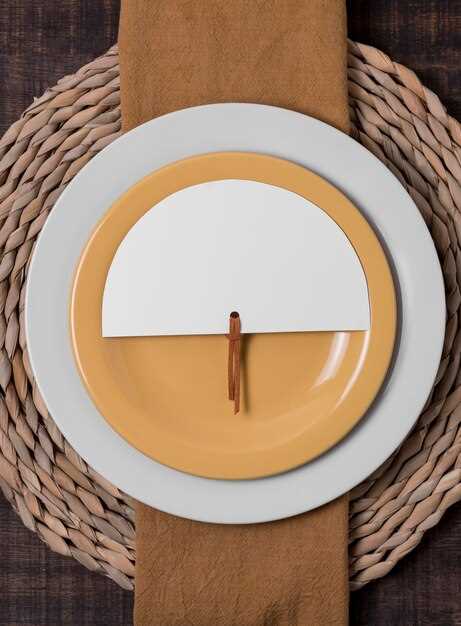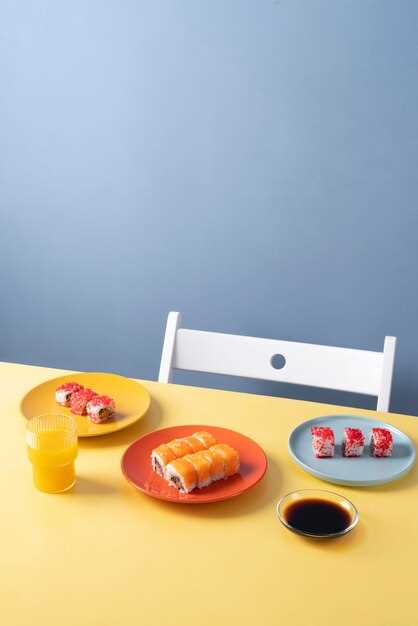
When it comes to dining, the type of plate used can significantly influence both the presentation and functionality of a meal. Commercial plates and regular plates are two categories that serve distinct purposes in the culinary world. Understanding their differences is essential for both restaurant owners and home cooks who aspire to enhance their dining experience.
Commercial plates are specifically designed for use in restaurants and other food service establishments. They are engineered to withstand the rigors of daily use, featuring materials that resist chipping, scratching, and thermal shock. Their sizes and shapes are often optimized for portion control and aesthetic presentation, contributing to a restaurant’s overall ambiance. Additionally, commercial plates typically adhere to strict health and safety regulations, ensuring they are suitable for high-volume environments.
In contrast, regular plates, primarily used in homes, tend to prioritize style and individual preferences over durability. While they come in a vast array of designs, colors, and materials, including porcelain, ceramic, and plastic, they may not be as resilient as their commercial counterparts. This can result in susceptibility to damage, particularly in households with children or frequent use. Understanding these distinctions can aid consumers in selecting the right type of plate for their culinary needs.
Material Composition and Durability of Plates
The material composition of plates plays a crucial role in determining their durability and suitability for various applications. Commercial plates, often referred to as industrial or restaurant-grade plates, are typically made from materials such as melamine, polypropylene, stainless steel, or tempered glass. These materials provide enhanced resistance to breakage, scratching, and chemical exposure, making them ideal for rigorous use in commercial settings.
In contrast, regular plates, which may be used in households or for occasional dining, are frequently crafted from ceramic, porcelain, or standard glass. While these materials can offer aesthetic appeal and are often microwave-safe, they are more susceptible to chipping and cracking under heavy use. The durability of regular plates may vary significantly based on the quality of the material and the manufacturing process.
Melamine, a common material for commercial plates, is particularly noted for its shatter-resistant properties and lightweight design, allowing for easy handling in busy environments. However, it is not microwave-safe and can become damaged when exposed to high temperatures.
Stainless steel offers exceptional durability and is often used in environments where hygiene and strength are paramount, such as hospitals and cafeterias. It is resistant to rust, corrosion, and stains, enhancing its longevity.
Tempered glass is another option for commercial use; it is heat-resistant and designed to withstand thermal shock. This type of glass is less likely to shatter upon impact, making it a safer choice for restaurants.
Conversely, regular ceramic and porcelain plates are praised for their aesthetic qualities, but they can be fragile and may not endure the wear and tear associated with daily or commercial use. Typical household plates are more prone to chips and cracks, which diminishes their lifespan compared to their commercial counterparts.
Overall, the choice between commercial plates and regular plates hinges on the intended use. While commercial plates offer superior durability and material properties suited for high-volume environments, regular plates may suffice for home use, where aesthetic considerations often take precedence over resilience.
Usage Scenarios: When to Choose Commercial Plates Over Regular Plates

Choosing between commercial plates and regular plates depends on the specific demands of the environment in which they will be used. Below are key scenarios where commercial plates are the preferred option:
-
High-Volume Serving:
- Restaurants and cafeterias with a large number of daily customers require durable plates that can withstand frequent use and washing.
- Buffet-style services benefit from sturdier plates that can accommodate a variety of food types without breaking.
-
Food Delivery and Takeout:
- Commercial plates often come in packaging designed for transport, ensuring that meals arrive intact.
- They are resistant to temperature changes, which helps maintain food quality during transit.
-
Special Events and Catering:
- For weddings and corporate events, commercial plates can offer a balance between elegance and durability.
- Disposable options are often available, providing convenience without sacrificing aesthetics.
-
Health and Safety Regulations:
- Commercial establishments must adhere to strict health codes that require specific materials and designs for dishware.
- Non-porous commercial plates are often preferred for easy cleaning and sanitization.
-
Cost Efficiency:
- In bulk purchasing, commercial plates can prove more economical for businesses seeking long-term solutions.
- Quality commercial plates may have a higher upfront cost but can lead to lower replacement rates and overall savings.
In conclusion, commercial plates are optimal for scenarios that involve high usage, transportation, stringent regulations, and cost considerations. Regular plates may suffice for casual home use but often lack the necessary qualities for commercial environments.
Cost Analysis: Evaluating Long-Term Investment in Plate Options

When considering the long-term viability of commercial plates versus regular plates, it is essential to conduct a thorough cost analysis. This analysis should encompass not just the initial purchase price but also the ongoing expenses associated with each option.
Commercial plates typically have a higher upfront cost. However, their durability and strength can lead to significant savings over time. Designed to withstand heavy loads and adverse conditions, they require less frequent replacement compared to standard plates, which can crack or warp under stress. Therefore, when calculating the total cost over a span of several years, the longevity of commercial plates often offsets their initial investment.
In addition to durability, maintenance costs play a crucial role in this evaluation. Regular plates may need more frequent repairs and replacements, driving up their total cost of ownership. In contrast, commercial plates often come with warranties that can mitigate repair expenses and enhance overall reliability.
Another key factor is operational efficiency. Commercial plates, engineered for specific applications, can improve workflow and productivity. This efficiency can translate to increased revenue for businesses that rely on these plates for critical operations, further justifying the upfront investment.
Consider the resale value as well. Commercial plates might retain a higher resale value due to their superior condition and functionality compared to regular plates. This aspect contributes positively to the long-term financial assessment, making commercial plates a more attractive investment in the broader market context.
In summary, while commercial plates may require a larger initial financial commitment, the analysis reveals that their durability, lower maintenance needs, enhanced operational efficiency, and potential for higher resale value can make them a more advantageous long-term investment compared to regular plates. Businesses should weigh these factors carefully to ensure they make an informed decision that aligns with their financial and operational goals.
